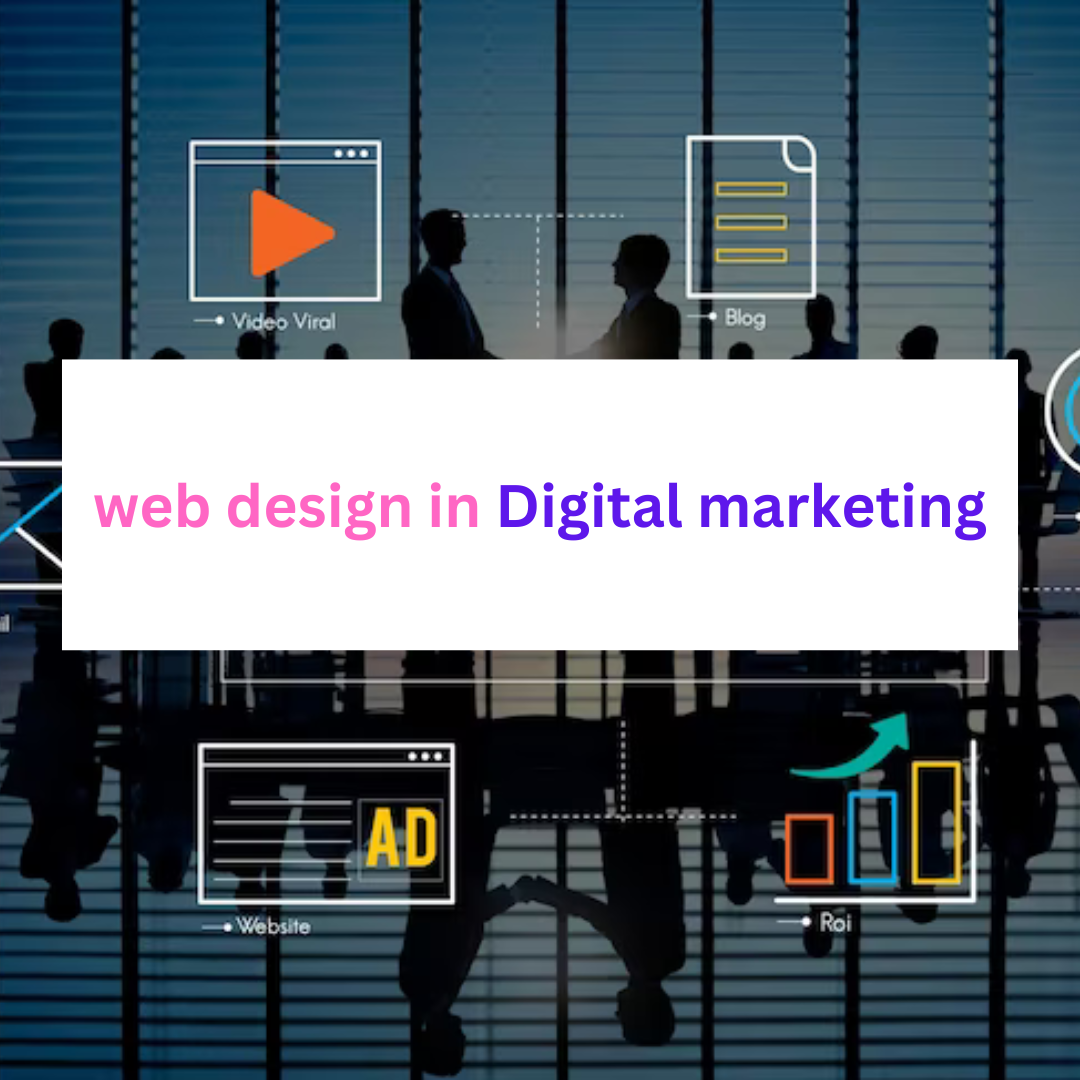
Web design plays a crucial role in digital marketing. A well-designed website is a powerful tool for attracting and engaging visitors, converting them into leads or customers, and supporting various digital marketing strategies. Here’s how web design intersects with digital marketing:
- User Experience (UX): A user-friendly and intuitive website design ensures a positive user experience. Digital marketing efforts can lead traffic to your site, but if users have a hard time navigating or understanding your content, they are less likely to convert. A good UX design increases the chances of visitors staying on your site, exploring your offerings, and eventually taking the desired actions.
- Conversion Rate Optimization (CRO): Effective web design can boost conversion rates. By strategically placing call-to-action buttons, creating persuasive landing pages, and simplifying the checkout process (for e-commerce sites), you can increase the number of visitors who complete desired actions, such as filling out a form or making a purchase.
- Mobile Responsiveness: With a significant portion of internet traffic coming from mobile devices, having a responsive web design is crucial for digital marketing success. A mobile-friendly website ensures that users on smartphones and tablets can access and interact with your content easily, leading to better engagement and conversions.
- Visual Appeal and Branding: Your website’s design elements, color scheme, and overall aesthetics contribute to your brand identity. Consistency in branding across all digital marketing channels creates a strong and memorable brand image in the minds of your audience.
- SEO Integration: Web design and SEO (Search Engine Optimization) go hand in hand. A well-structured website with clean code, fast load times, and easy navigation is favored by search engines. Additionally, incorporating relevant keywords into your website’s design and content can improve organic search rankings and increase visibility.
- Content Presentation: The design of your website should complement and enhance the presentation of your content. Effective content organization, visual hierarchy, and multimedia integration can keep visitors engaged and encourage them to explore further.
- Social Media Integration: Web design can facilitate the integration of social media buttons, feeds, and sharing options. This encourages visitors to connect with your social media profiles, share your content, and expand your brand’s reach.
- Analytics and Tracking: Integrating analytics tools into your web design allows you to track user behavior, understand customer journeys, and gather valuable data. This data can be used to refine your digital marketing strategies and improve your website’s performance.
- Landing Pages for Campaigns: When running digital marketing campaigns, custom landing pages with focused design and messaging can significantly improve campaign effectiveness. Tailoring landing pages to specific campaigns ensures a better alignment between ad content and user expectations.
- Email Marketing Support: Web design extends to creating visually appealing and mobile-responsive email templates. This ensures that your email marketing campaigns are visually engaging and accessible on various devices.
By combining effective web design with digital marketing strategies, businesses can create a powerful online presence, attract a targeted audience, and drive meaningful results in terms of brand awareness, lead generation, and revenue growth.


